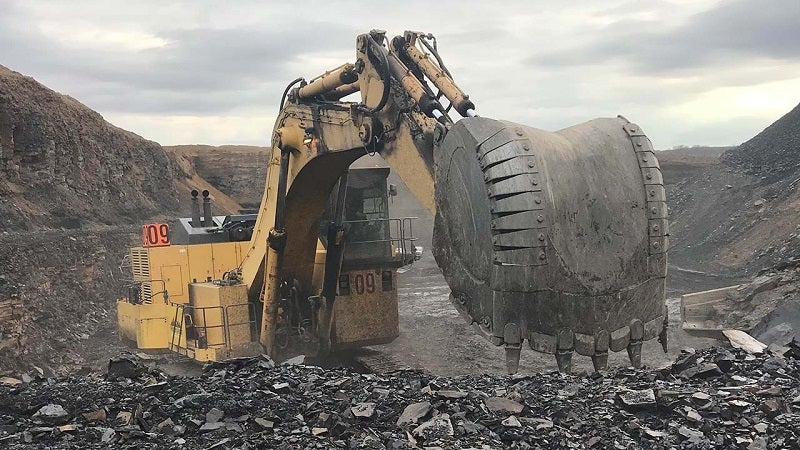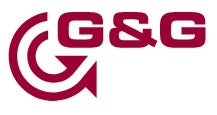

In Part 1, I discussed a little around where the industry is today and the challenges in pushing excavator bucket design forwards. In this second part, I will detail a little more on what we have done to meet these challenges, as well as where we are going in order to keep improving and giving our customers additional payload, as well as reduced operating costs.
What have we done?
Offering a step-change in bucket design is not necessarily simple. It is a three-way engineering challenge to achieve a solution that meets the following requirements (as well as complying to all the requirements of the specific OEM):
- Lighter
- Larger
- Lifetime
It is easy to make a lighter bucket, but how do you make it lighter, with more usable payload, and make it last?
It is easy to make a lighter bucket. We can strip out all the wear package, make all the plates thinner etc. But making it lighter doesn’t gain us anything real on its own (other than reducing the unladen weight on the machine). We also need to make the bucket larger to be able to make use of the new-found additional payload available within the suspended load limits… without adding too much weight back in. And then we need to address the lifetime – both in terms of the structural life and the wear life of the bucket – which need to be addressed both through smart design (reducing the stresses and reducing wear contact pressure etc), as well as smart use of materials (again – we have made the bucket thinner, so the materials we use need to be stronger and harder to offer the structural strength and wear resistance required).
For example…
The Maximum Payload = the Maximum Suspended Load – Bucket Weight
= 60t – 20t = 40t
If, through smart design, we are able to achieve a 25% reduction in the bucket weight:
= 60t – 15t = 45t, or a 13% increase in payload.
However….. the Maximum Bucket Volume = Maximum Payload / Material Density
So initially, with a 2t/m³ material this would be = 40t / 2t/m³ = 20m³
But with the revised design = 45t / 2t/m³ = 22.5m³
And so any 25% weight reduction also requires a similar 13% increase in bucket volume in order to really utilise the additional payload within the machine Rated Suspended Load.
Thus in bucket design, we need to know the maximum rated suspended load of the machine as well as the material density of the material being loaded (as well as other factors like material hardness that will affect the wear). And therefore we can see bucket design is in a large part a balance between the bucket weight and the bucket volume.
Our solution: the XMOR backhoe bucket families
In developing these bucket ranges, G&G, in conjunction with SSAB, has been able to develop solutions that offer our customers offerings in the region of 20% larger, 25% lighter buckets offering a 15% increase in the payload with no other changes to the machine. Thus end-users can save millions of dollars in avoiding having to buy even bigger machines!
Currently, we have two families available – BHA family developed in-house at G&G for high-density materials in mining machines up to 600t, and the BHB family for lower density materials in mining machines up to 200t.
• Hot work minimized – no extensive wear package or wear bars to maintain on-site, resulting in significant cost and safety benefits.
• Handles all media – product range developed for use with a wide range of materials with different wear characteristics and from the extremes of high to low density.
• Fully compatible with a broad range of G.E.T. – available with plate and cast lip options from multiple manufacturers.
• Australian made – certified Australian made product designed and manufactured by G&G Mining for the Australian market from genuine Hardox wear plate.
Use of Materials
• The extensive use of Hardox as a structural material as well as a “wear plate” offers us higher strength steel – meaning we can go thinner and therefore lighter. By using Hardox 500 and Hardox 500 Tuf, we are effectively using a 1,400MPa steel, whilst also utilizing the 500HBW hardness to increase wear life and vastly reduce the need for wear protection.
• Additionally, traditional heel block castings are heavy, had an inconsistent harness, and the design is not optimized for our needs. We have demonstrated the use of High Chrome White Iron, Tungsten Carbide Overlays, and Duroxite 200 and Hardox 600 in these targeted areas, with smaller, harder wear parts offering both a wear life improvement and a weight reduction. G&G utilizes a range of solutions for different wear environments.
• The minimization of non-essential wear parts/wear protection also means we are able to retain the properties of the steel. Low alloyed Q&T steels such as Hardox derive much of their structural and wear resistance properties from the heat treatment process, which can be rapidly degraded when subjected to heating associated with the repeated welding and replacement of wear parts etc.
Use of Design Elements
• Going thinner means we need to manage the stiffness of the bucket. And wear rates are usually higher externally than internally – so we focus on reducing the external wear.
• Design features are used to reduce contact pressure on the underside of the floor and sidewalls whilst digging. Additionally, a tapered structure and use of bent components offer improved stiffness – returning the structural stiffness back beyond that achieved with traditional thicker, flat parts.
Use of Manufacturing Technology
• Use of High-Frequency Mechanical Impact (HFMI) on the weld toe increases fatigue life of the key structural elements when utilizing Advanced High Strength Steel
Less weight makes light work
• Significant environmental benefits can also be attributed to such an improvement in design. By enabling the use of less steel to move more material within the same rated suspended load, the energy, thus the CO2 intensity per tonne of material moved is reduced.
By reducing the weight by up to 25% and increasing the payload capacity by up to 15%, we are able to achieve fewer working cycles for the same load moved. When calculating this as CO2 savings using the SSAB EcoUpgraded app, we can see the following startling numbers in relation to the reduction in total steel required (through the use of a stronger, more wear-resistant steel), and then, most importantly the reduction in CO2 due to the fact that this amount of steel can handle more material for the same excavator fuel burn versus a heavier bucket.
What is even better is that Hardox is set to be some of the most environmentally friendly steel in the world, with SSAB, the producer of Hardox, having the stated goal of being the first commercial producer of fossil-free steel, with a range of initiatives including the HYBRIT project leading the company to be entirely fossil-free by 2045. Already some of these initiatives are reducing the carbon intensity in the steel production process, meaning that even on a tonne vs tonne comparison, Hardox offers an environmental benefit.
What is next?
This is only the first step on our journey. As we evolve and prove new designs, materials, and manufacturing processes, these will be included, further advancing the XMOR bucket product range. With new generations of designs already in development, we are confident we will be able to offer even greater improvements in wear life, structural life, weight reduction, and ultimately cost per tonne for the end-user.
So the question we need to ask is: do miners want to move rocks or steel?
We all need to think, and maybe we need to look to supply something different than we have before.
For more information on our XMOR high productivity attachments, as well as materials selection and wear advice, please contact the G&G team.


